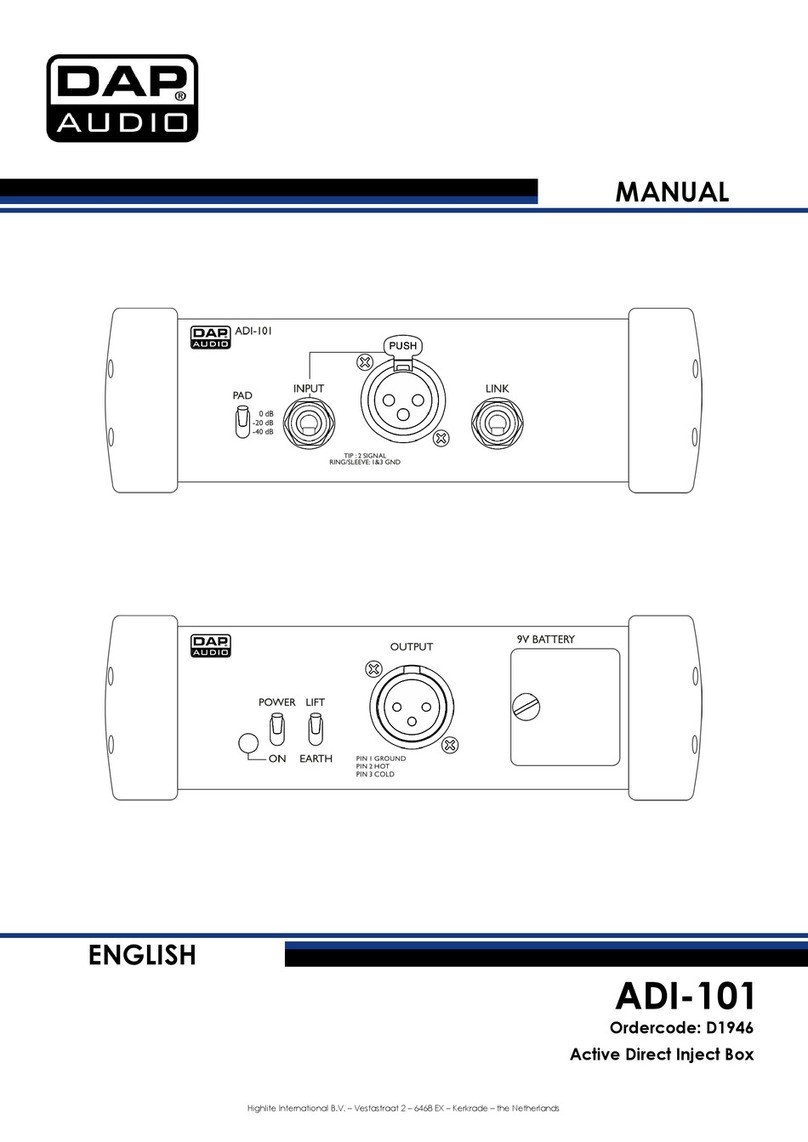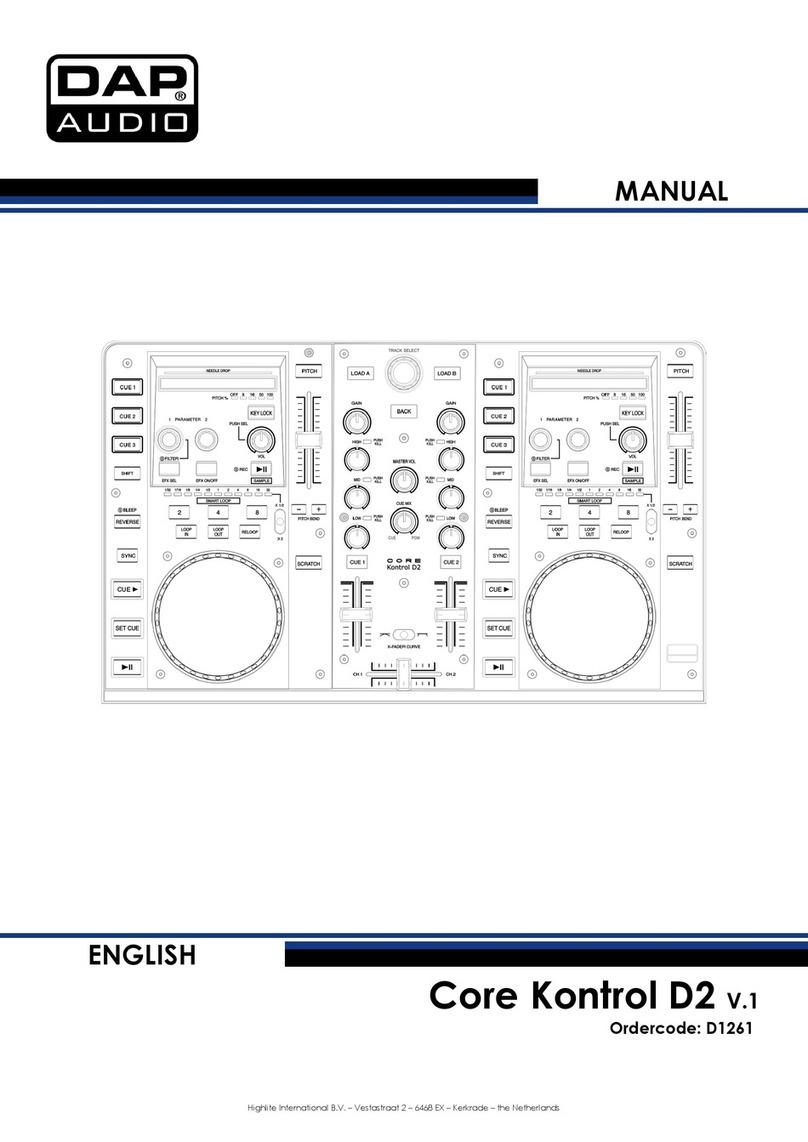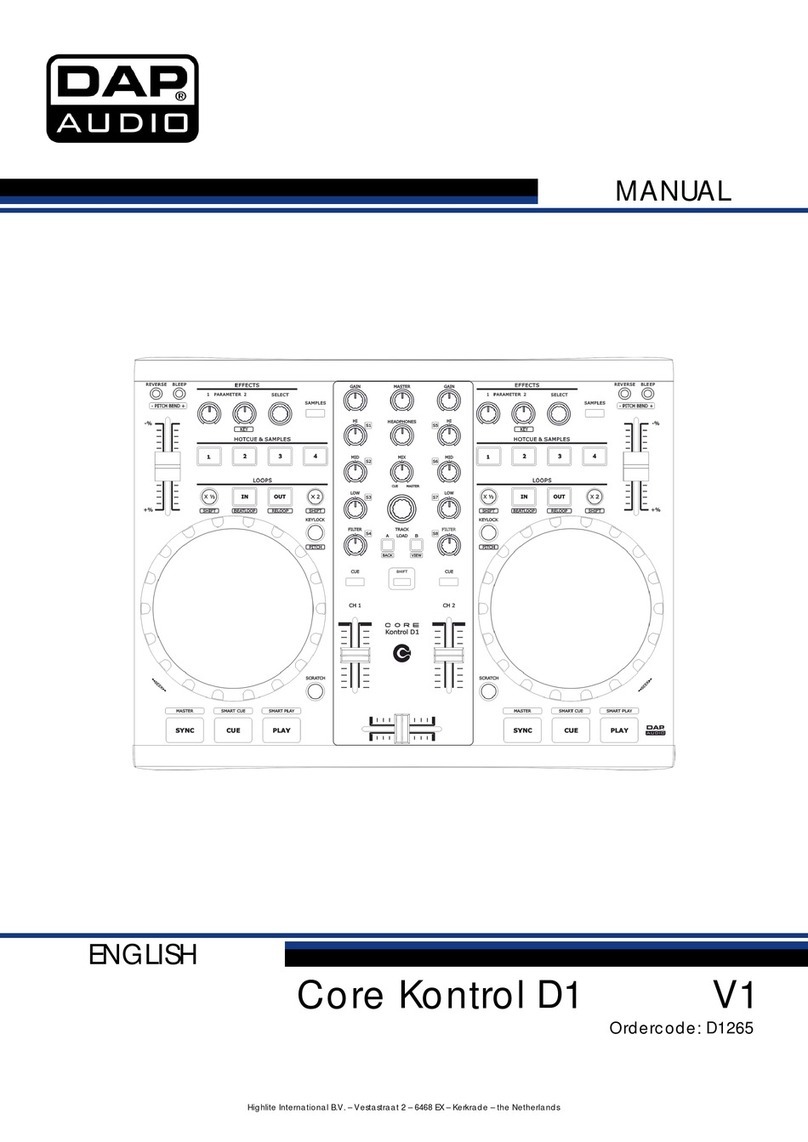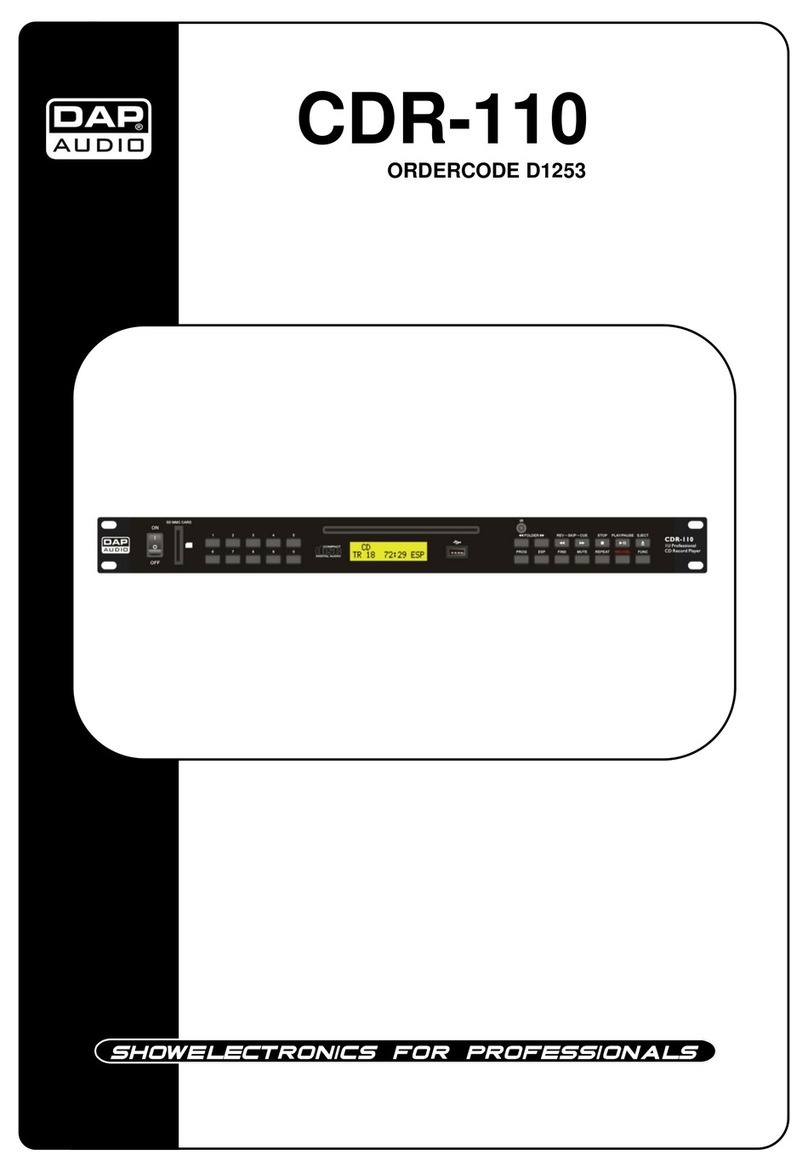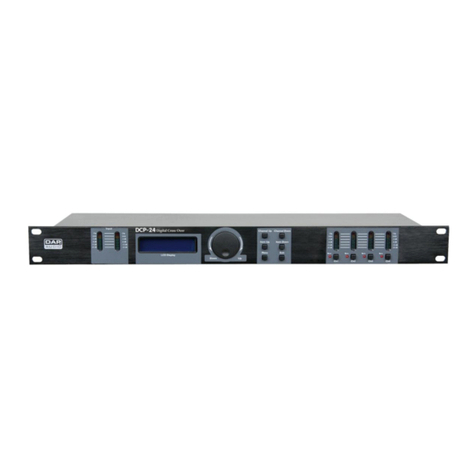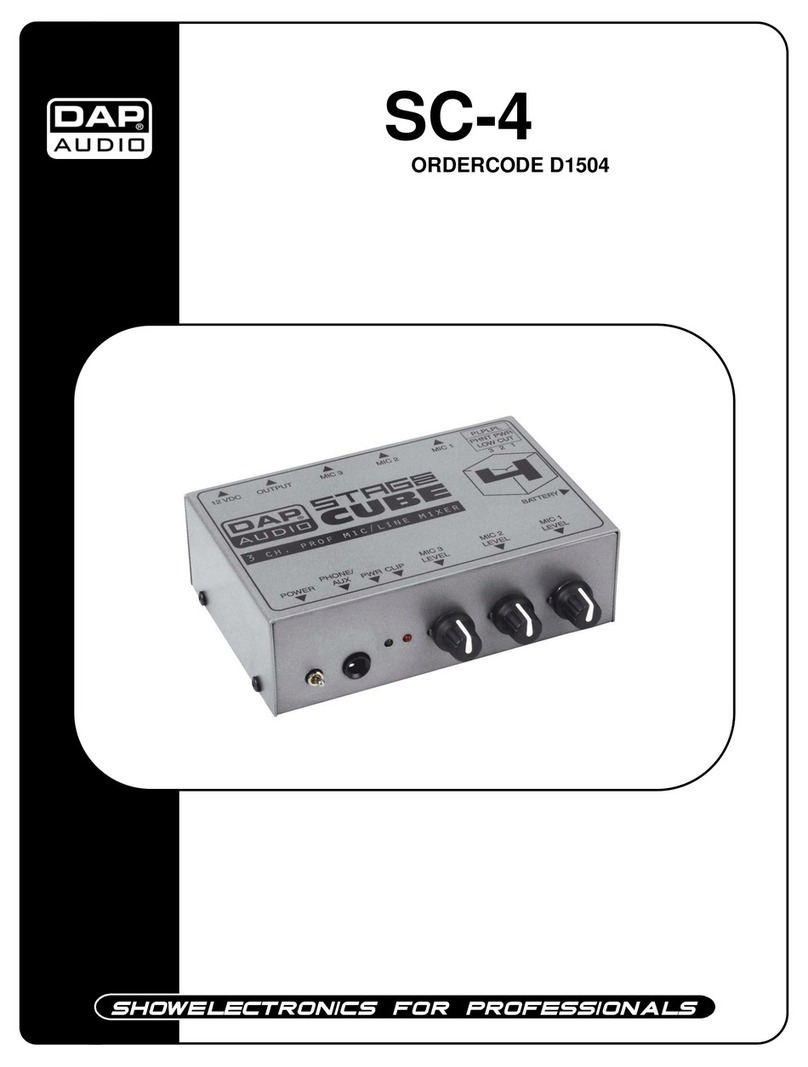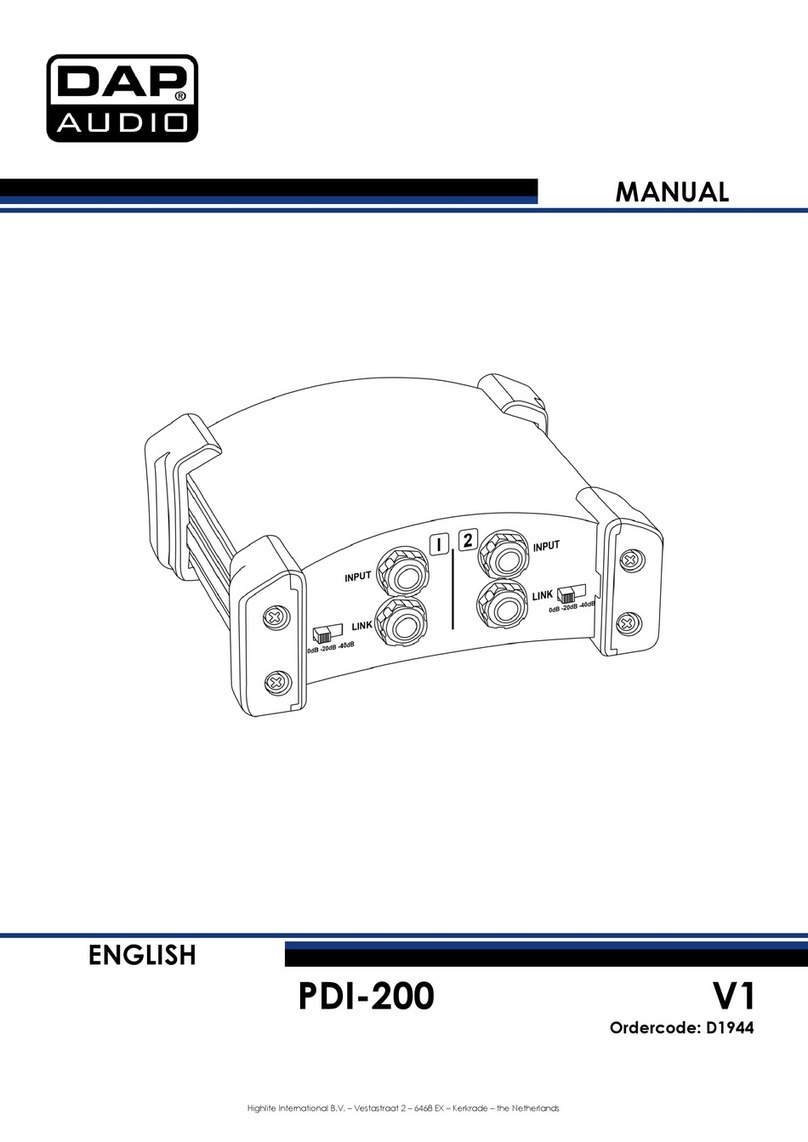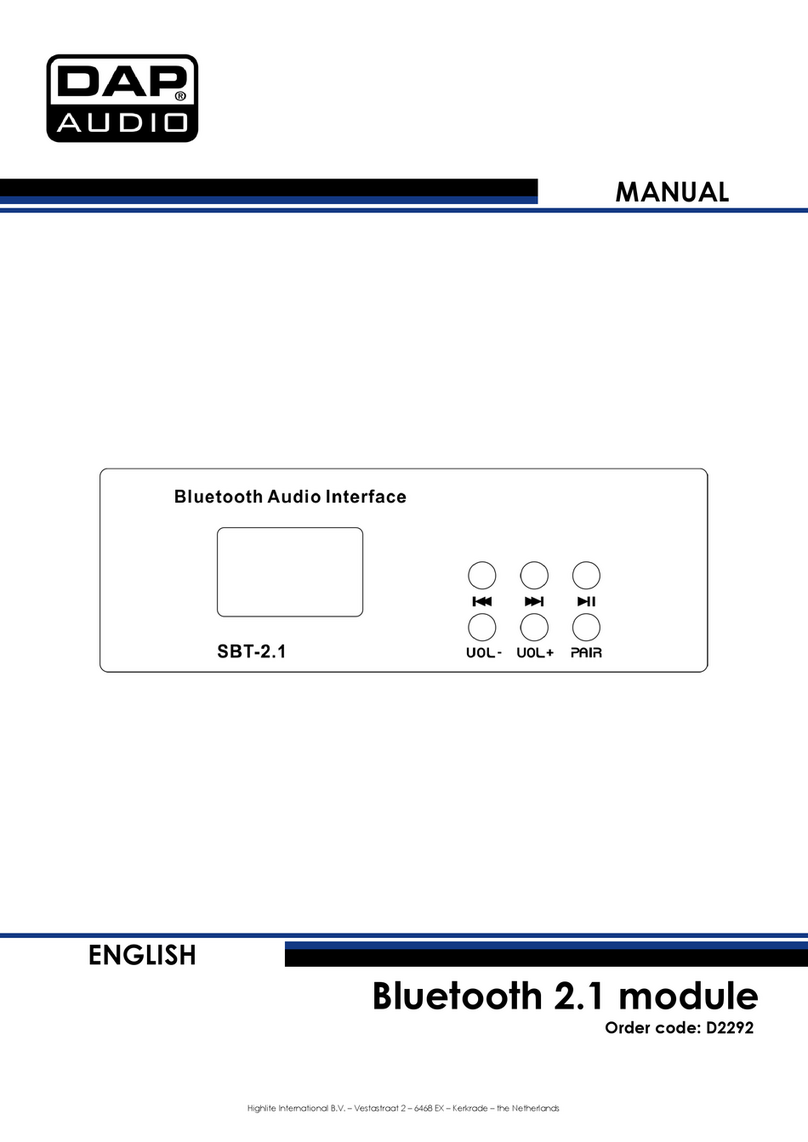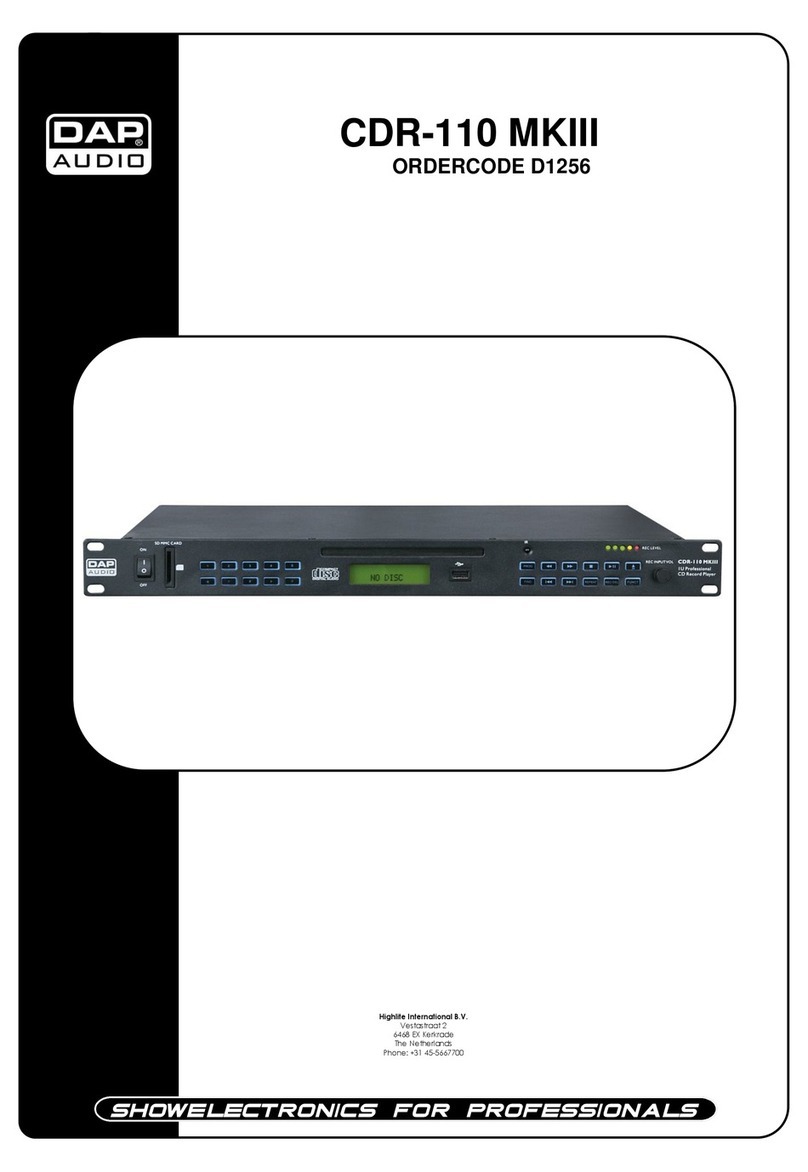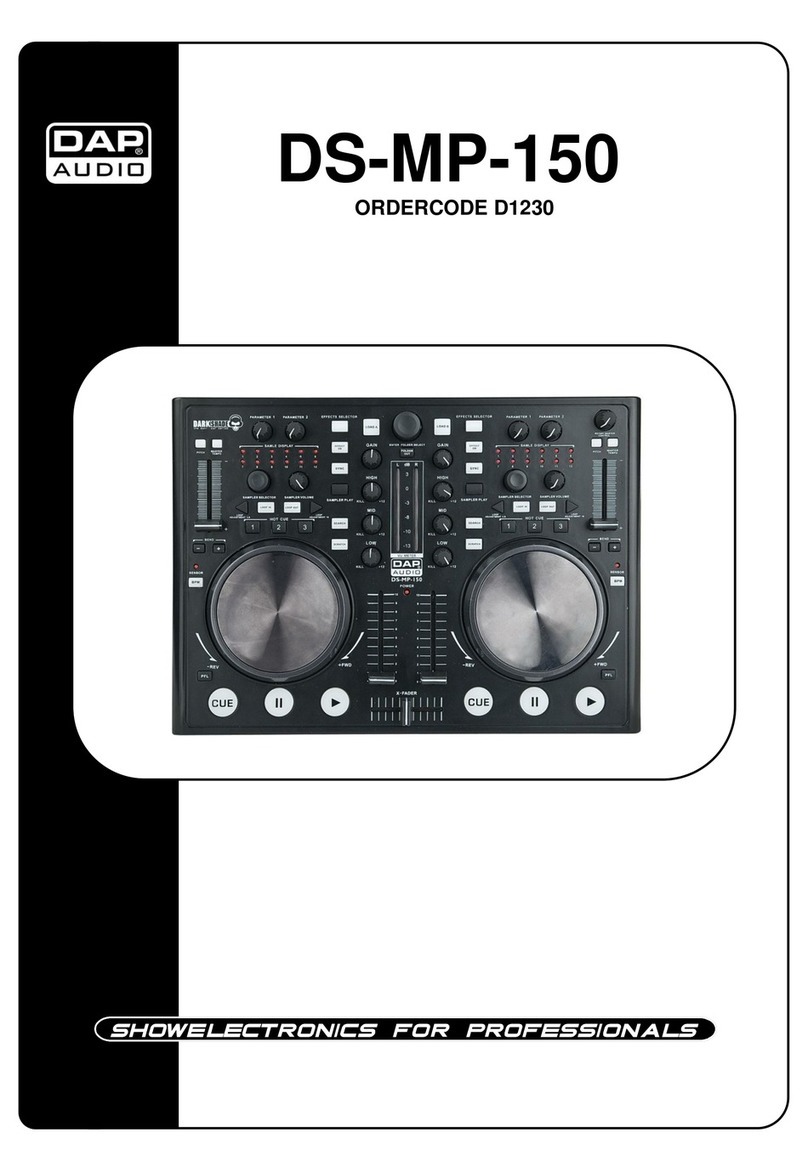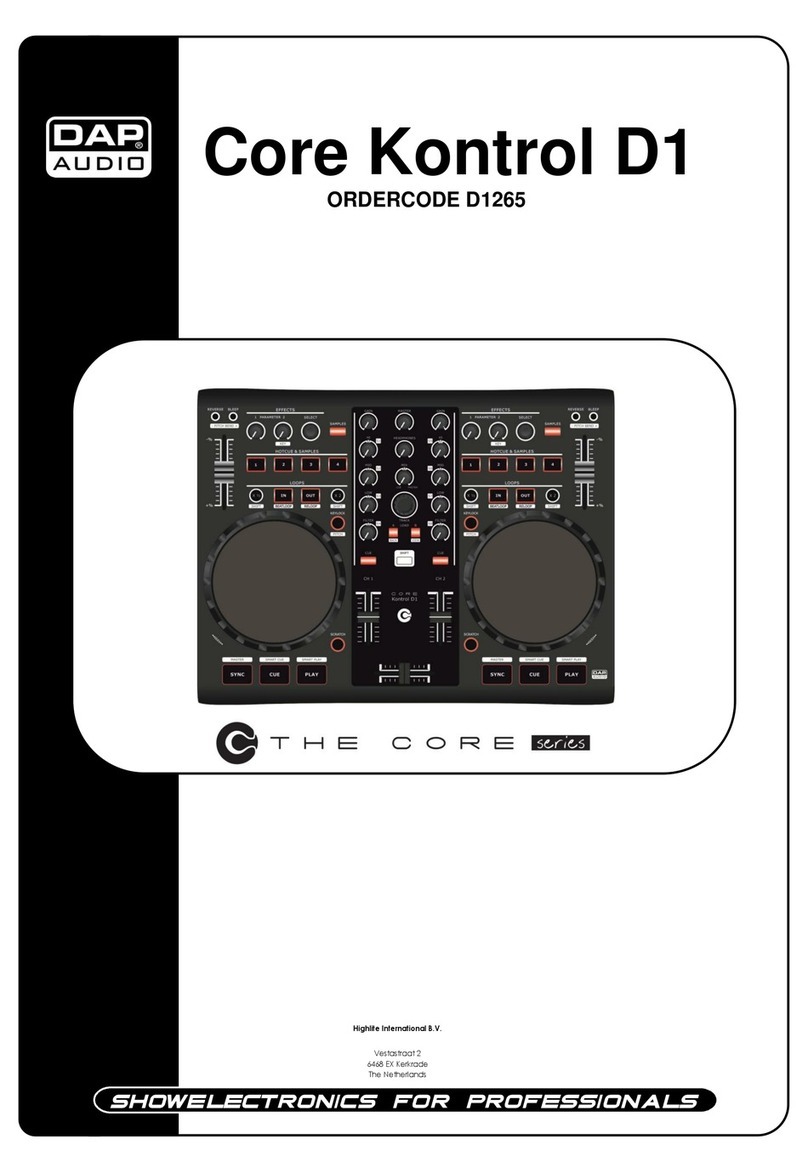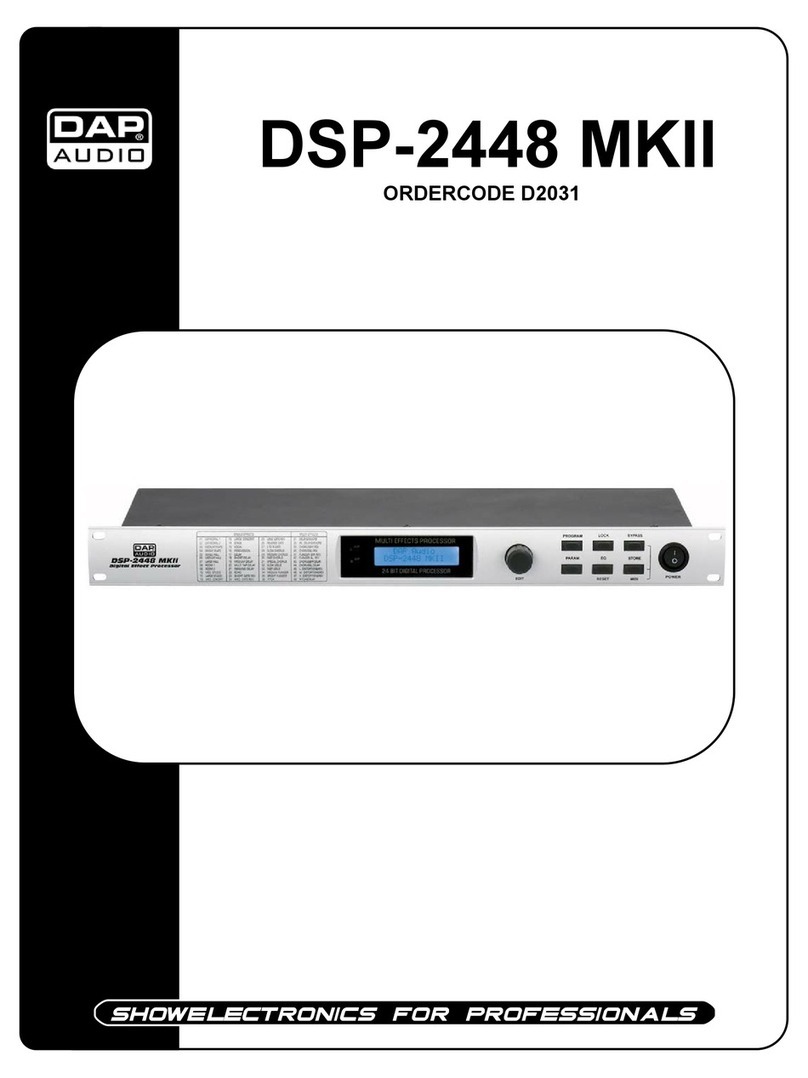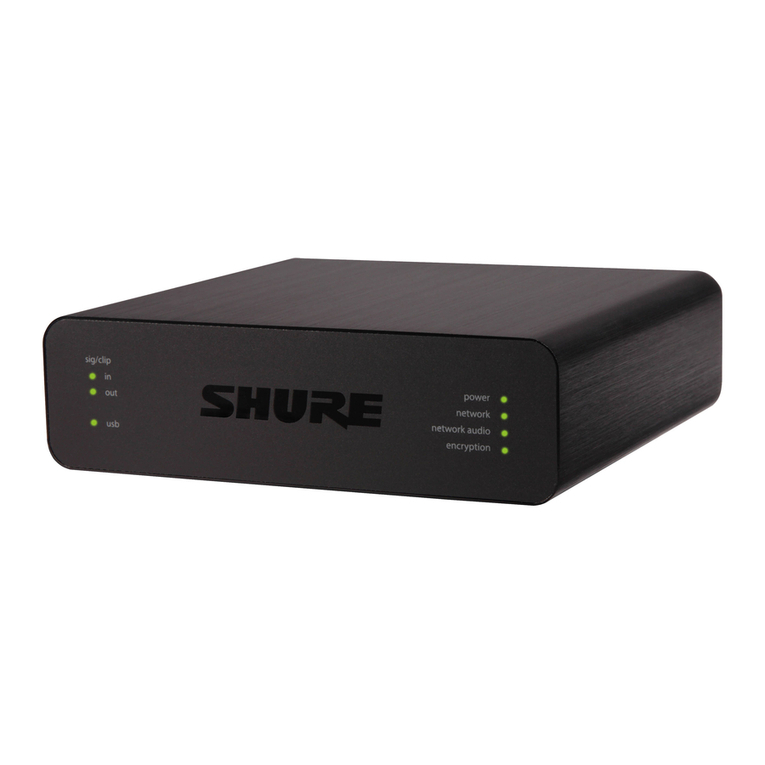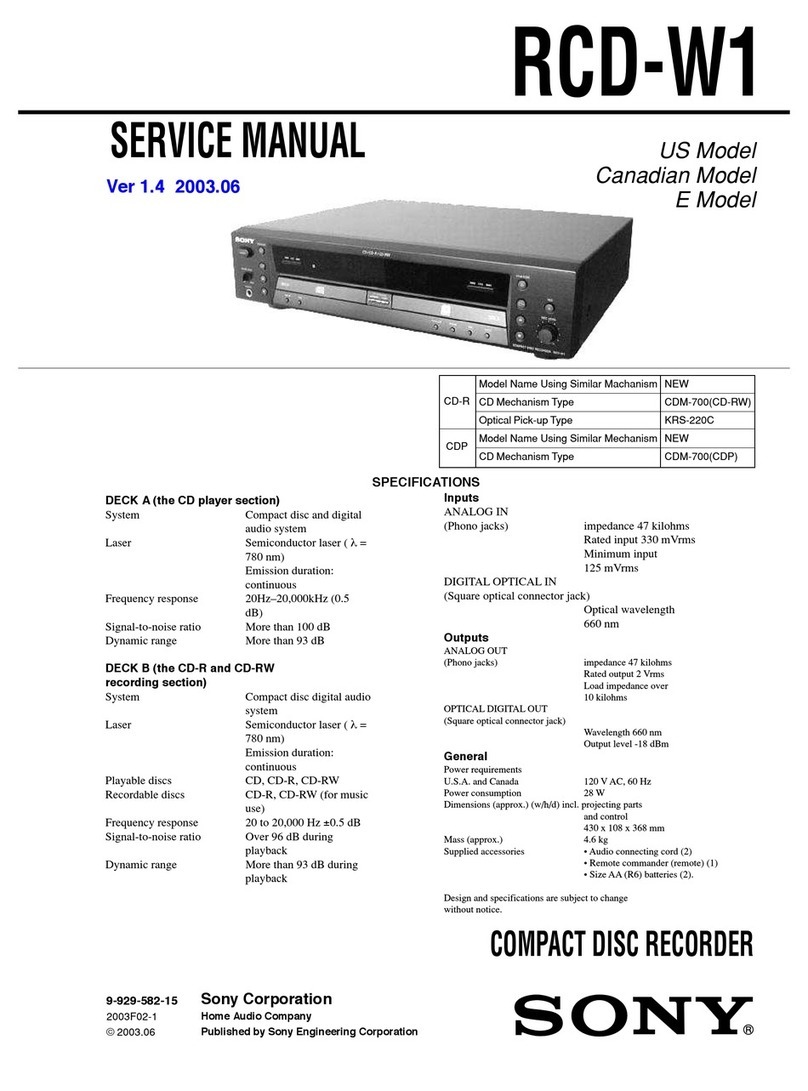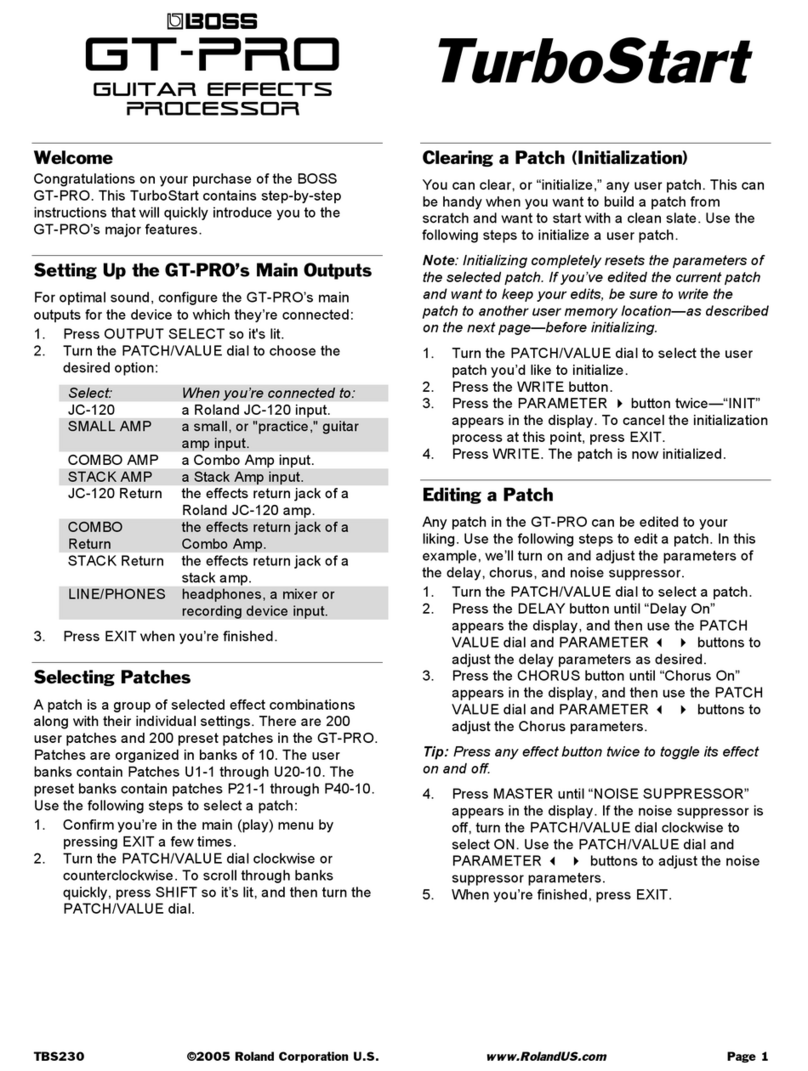
Table of contents
Warning ...............................................................................................................................................................................2
Safety Instructions......................................................................................................................................................2
Operating Determinations.......................................................................................................................................3
Return Procedure......................................................................................................................................................4
Claims..........................................................................................................................................................................4
Description of the device.................................................................................................................................................5
Overview.....................................................................................................................................................................5
Deck 1-3/2-4...............................................................................................................................................................6
Mixer.............................................................................................................................................................................7
Frontside......................................................................................................................................................................8
Backside......................................................................................................................................................................8
Installation...........................................................................................................................................................................8
Set Up and Operation.......................................................................................................................................................8
Names and Functions.......................................................................................................................................................9
Deck Functions ..........................................................................................................................................................9
Mixer Functions........................................................................................................................................................11
Front Functions.........................................................................................................................................................12
Back Functions.........................................................................................................................................................13
Operations........................................................................................................................................................................14
Selecting Folders......................................................................................................................................................14
Selecting tracks using the track select encoder...............................................................................................14
Starting Playback....................................................................................................................................................14
Stop Playback..........................................................................................................................................................14
Pausing......................................................................................................................................................................14
Setting a Cue Point.................................................................................................................................................14
Setting a hot cue point in pause mode..............................................................................................................14
Setting a hot cue point in play mode.................................................................................................................15
Deleting a hot cue point.......................................................................................................................................15
Cueing.......................................................................................................................................................................15
Seek (fast forward/fast backward)......................................................................................................................15
Changing pitch of the song..................................................................................................................................15
Pitch bending...........................................................................................................................................................15
Loop play..................................................................................................................................................................16
Auto loop play.........................................................................................................................................................16
Reloop.......................................................................................................................................................................16
Recording a sample...............................................................................................................................................16
Sample playback....................................................................................................................................................16
Software Installation........................................................................................................................................................17
Running the setup program..................................................................................................................................18
Running the Virtual DJ-software for the first time.......................................................................................................21
Interface zones........................................................................................................................................................23
Browser panels.........................................................................................................................................................24
Sampler panels........................................................................................................................................................24
Effects panels...........................................................................................................................................................24
Record panels..........................................................................................................................................................24
Maintenance....................................................................................................................................................................25
Troubleshooting................................................................................................................................................................25
Product Specification .....................................................................................................................................................27
Appendix 1: Midi Implementation...............................................................................................................................28
Notes..................................................................................................................................................................................34
1
